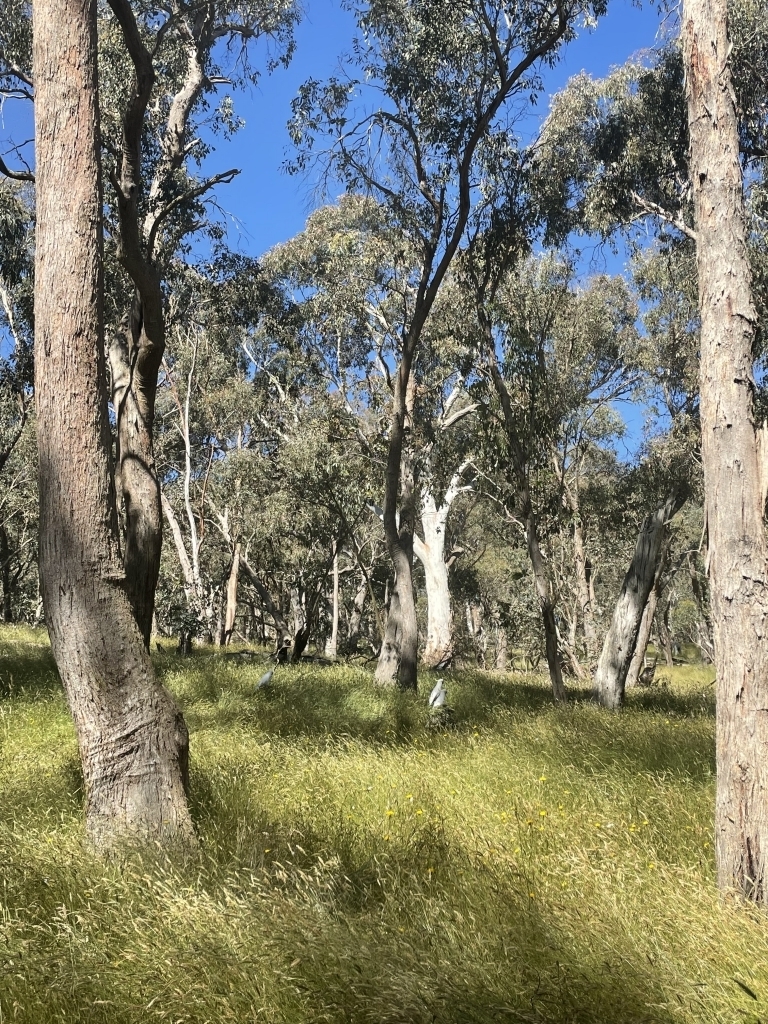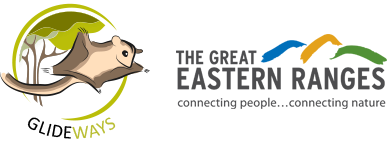
There are many edible and medicinal native plants that were used by Aboriginal people.
Adam Shipp has decades of experience in land management and native plant use. He is sharing his knowledge of edible and medicinal plants and land management with landholders, government organisations and Landcare.
Adam was a ranger for many years before starting Yurbay a consultancy business. Through Yurbay he is working to pass on knowledge and understanding of the significant plants in the region. Yurbay means seed in Wiradjuri language.
Indigenous plants are increasingly found on menus around the country, with wattle seed and lemon myrtle often featured. In Victoria, native grasses are being harvested and used in millers and bakeries around Melbourne and other parts of the state. These wild sources of plants are being commercially developed on agricultural land. Adam says, home gardeners are increasingly favouring native species to plant in their homes and gardens. And many are still found around the landscape, on roadsides and in the bush. Below is a list of species that can be found in the Kanangra-Boyd to Wyangala wildlife corridor.
Kangaroo Grass (Themeda triandra)
Kangaroo Grass is abundant across southern NSW and is one of the most widespread of all Australian native grasses. The edible seeds were primarily used by Aboriginal people in making flour.
Native Geranium (Geranium solanderi)
This widespread perennial herb is an edible native plant with medicinal uses. The edible tap root and the stem were an important food source, the tap root is similar in shape and taste to a native potato and the stem section is said to taste similar to celery. Also used for medicinal purposes, extracts from the leaves were used to treat mild skin abrasions including burns and small wounds.
Native cherry (Exocarpos cupressiformis)
This is an example of an important cultural tree in southern NSW with several uses. As a food source, the small cherry is harvested and eaten. It also has medicinal properties and was used for pain relief for headaches, migraines and pain relief.
The wood obtained from it was used for making tools, clap sticks and boomerangs and singing sticks.
Also used as a seasonal indicator tree, it told of the different climates that were coming.
Mistletoe (Amyema species)
Mistletoes are found in the canopy of eucalypts and the fruit was an important food source. The leaf is also useful for treating issues of the skin, particularly parasitic issues including scabies. It is first heated and infused in a mixture of water. It can help reduce fever when burned.
Lightwood Wattle (Acacia implexa)
Many of the Australian wattle species has edible seeds. The tree also has a number of medicinal properties in the bark, which are used for pain relief. As an anti-inflammatory for rheumatoid arthritis, large strips of the bark were stripped and soaked in water, they were then used for bathing limbs to relieve sore joints. The leaves can also be crushed and made into soap.
Yellow-box Eucalypt (Eucalyptus melliodora) and
Blakely’s Red Gum (Eucalyptus blakelyi)
The bark was commonly used in building culturally significant tools including canoes, and coolamons. The red gum leaf has a high concentration of eucalyptus oil and is usually used for colds, coughs and breathing issues.
The tree is easily modified and has been known to be culturally manipulated to form a ring tree. Its branches were being grafted or manipulated by Aboriginal people to form a ring that usually points to a significant site or area on country. This was common in River Red Gums and Blakely’s Red Gum.
The bark of the Yellow-box was made into a tea and used to relieve symptoms of the stomach, particularly diarrhoea.
Kurrajong (Brachychiton populneus)
The majestic Kurrajong has edible seeds that were used in cooking, the seeds were ground into flour to be used for bread. They have an edible tap root that has a sweet potato flavour, these can be harvested from young trees and eaten straight out of the ground. This is another tree with many uses, the bark was used to make nets and for weaving.
Casuarinas
Australia has many different Casuarina species. There are the Yellow Casuarinas, high on the hills with bigger cones, and along the river systems the Casuarinas with smaller cones. As a food source, the seed is edible and the seed cones were chewed to relieve dehydration.
The roots were very important for tool making including boomerangs. Also, great seasonal indicators, the leaves begin to yellow bringing in the changing of the climates and indicating when to begin culturally burning fire in the landscapes.
This list was compiled with the assistance of Adam Shipp from Yurbay.
